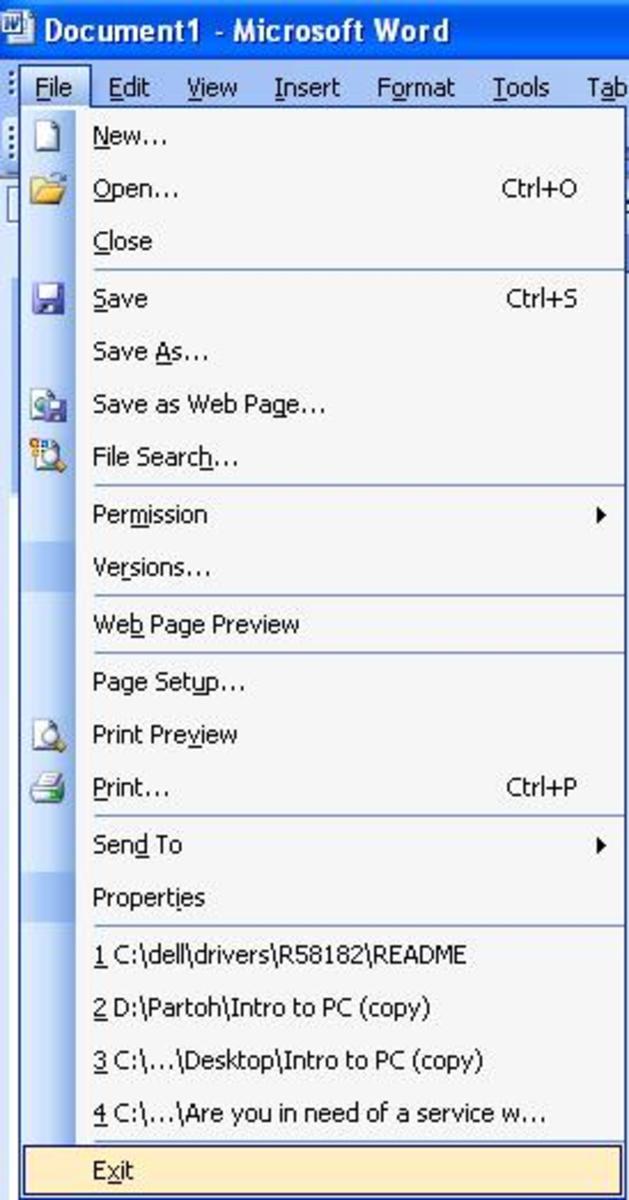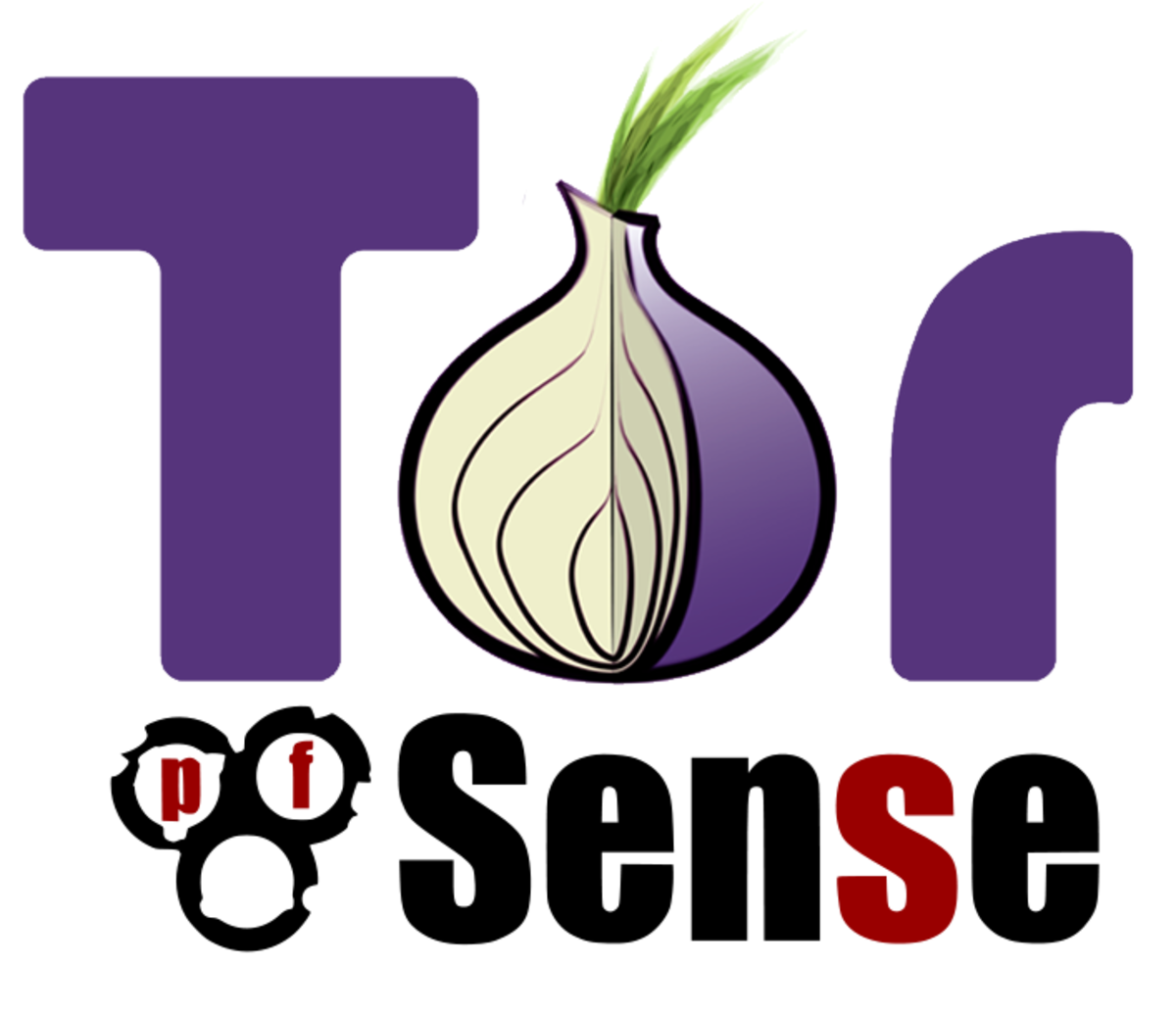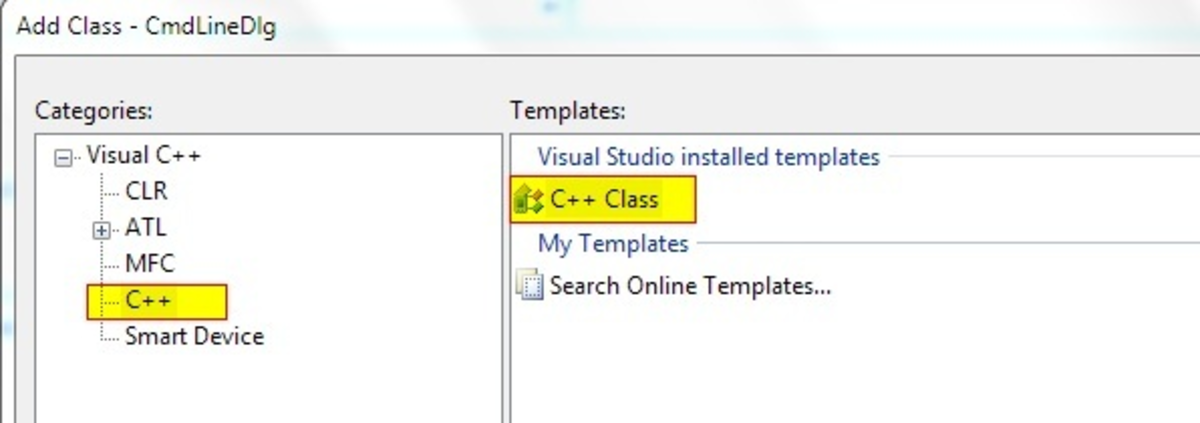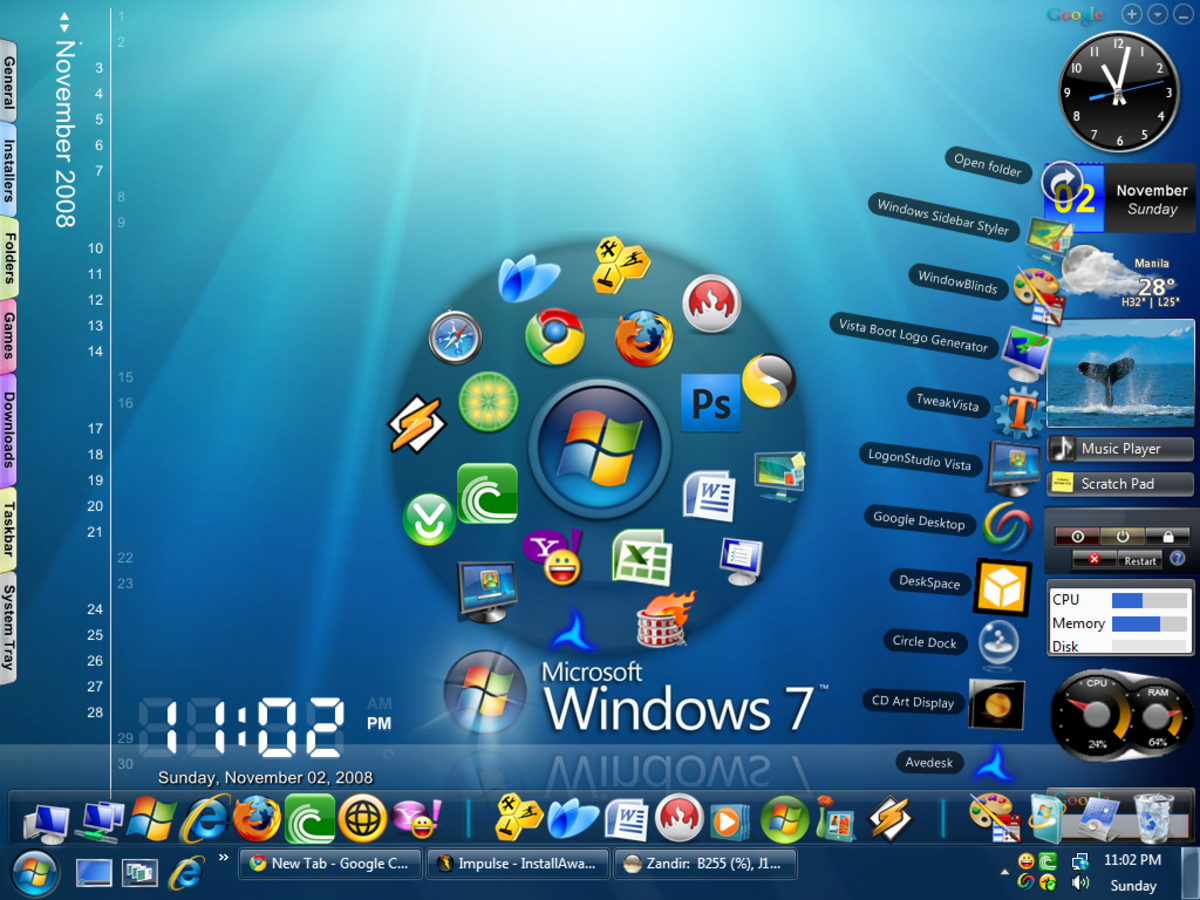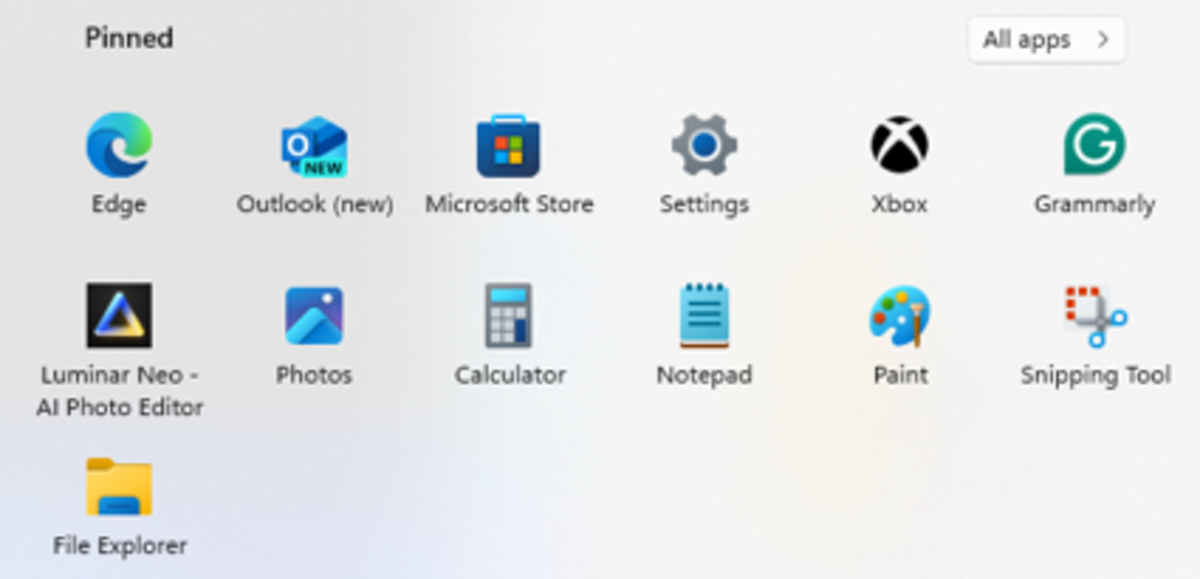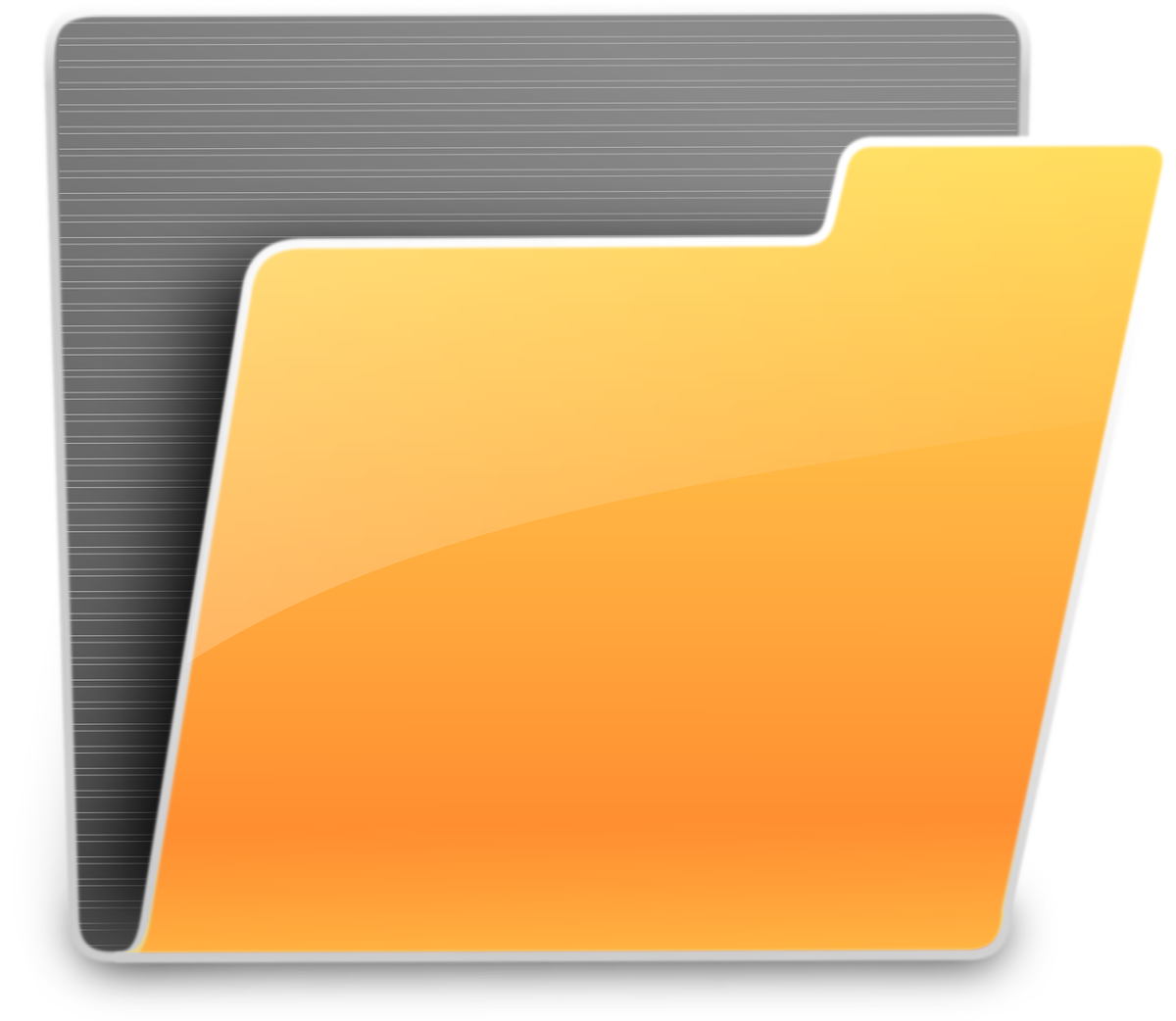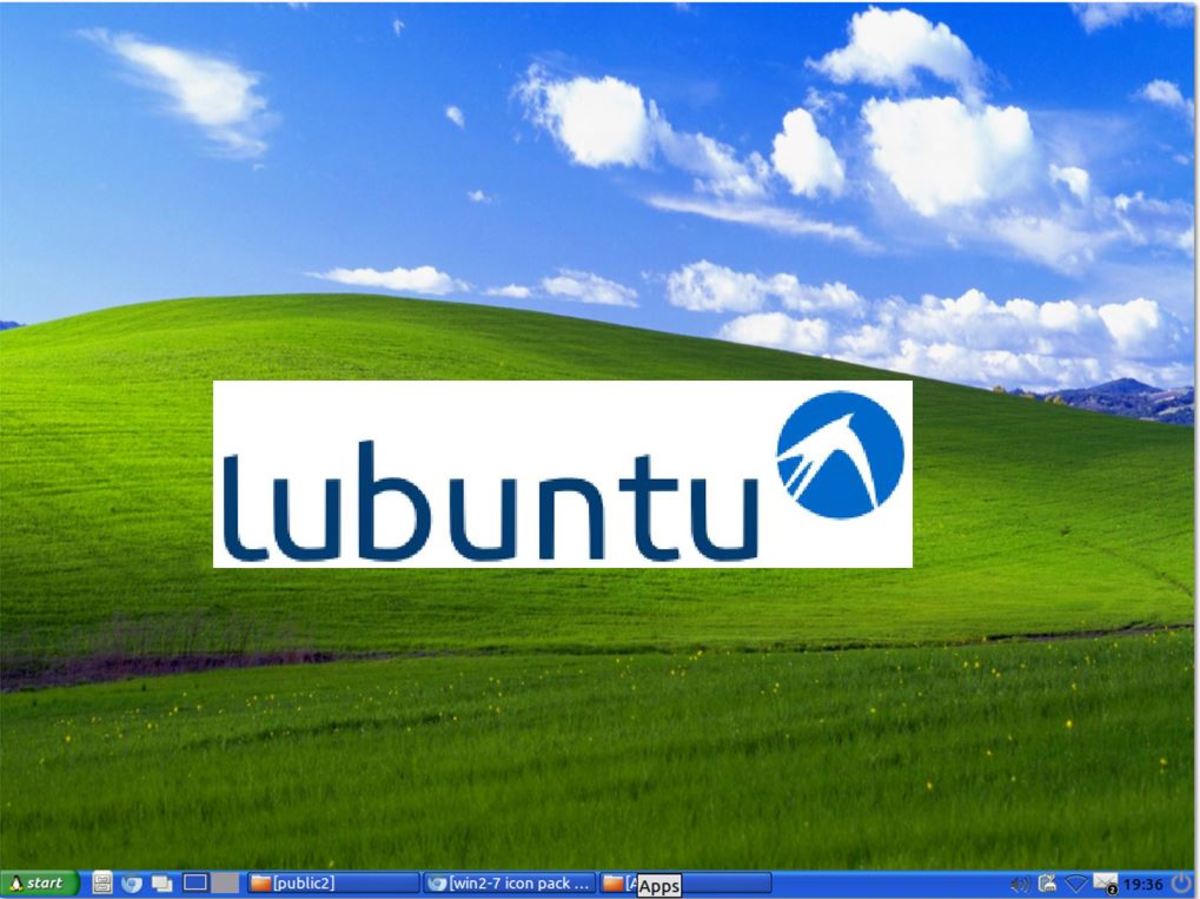- HubPages»
- Technology»
- Computers & Software»
- Operating Systems
Windows Server 2003 Active Directory tools
Windows server 2003 command-line tools
Exploring the Power and Versatility of Windows Server 2003 Command-Line Tools
When it comes to managing directory tasks in Microsoft Windows Server 2003, administrators are presented with a multitude of options. Among these options, the command-line tools stand out for their flexibility and extensive functionality. While Graphical User Interface (GUI) tools may be preferred by many network administrators due to their user-friendly nature, the command-line tools offer a level of control and efficiency that cannot be easily matched.
The command-line tools available in Windows Server 2003 are conveniently located in the %systemroot%\System32 folder on your C drive. This centralized location allows for easy access and management of these powerful tools. What's even more impressive is that these tools can also be installed on computers running Windows XP Service Pack 1, expanding their reach and applicability across various systems.
By utilizing the Windows Server 2003 command-line tools, network administrators can take advantage of a wide array of functionalities that may not be readily available through GUI tools alone. These command-line tools offer advanced options and greater customization capabilities, empowering administrators to perform complex tasks with precision and efficiency.
One of the key benefits of the Windows Server 2003 command-line tools is their ability to streamline task management. Through command-line interfaces, administrators can execute multiple commands and automate repetitive tasks, ultimately saving valuable time and effort. This level of automation is particularly useful for tasks such as user management, file system operations, and network configuration.
Furthermore, the command-line tools provide administrators with a deeper level of control and access to system resources. With the ability to navigate the file system, modify permissions, and interact directly with system processes, administrators gain a comprehensive understanding of their server's inner workings. This enhanced visibility allows for troubleshooting, debugging, and performance optimization, ensuring the smooth operation of critical network services.
While the command-line tools may have a steeper learning curve compared to their GUI counterparts, their potential for increased productivity and flexibility cannot be overlooked. As administrators become more familiar with these tools, they will uncover hidden functionalities and discover new ways to efficiently manage their Windows Server 2003 environments.
The command-line tools offered by Windows Server 2003 open up a world of possibilities for network administrators. While GUI tools may provide an intuitive interface, the command-line tools offer unparalleled control, automation, and customization options. By harnessing the power of these tools, administrators can elevate their management capabilities, optimize system performance, and ensure the smooth operation of their Windows Server 2003 environments.
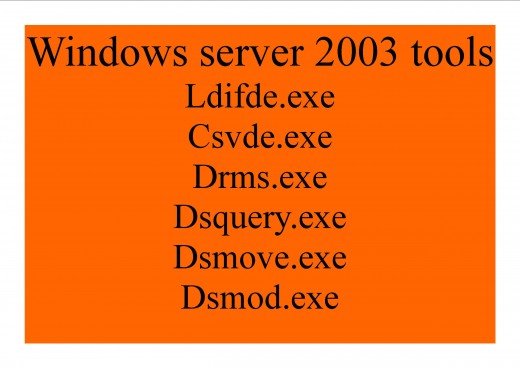
Below are some command-line windows server 2003 tools
- Dsmod.exe
With Dsmod.exe command-line, you have the capability to modify all the directory tools available. Very easy to use command-line tool
- Ldifde.exe
Windows server 2003 administrator uses Ldifde.exe to perform simple operations such as creating, modifying, and deleting directory objects. It also allows for complex activities including exporting Active Directory Information to other programs and extending the schema
- Dsget.exe
With this server 2003 tool, Dsget.exe allows administrator to display the properties of various objects in a directory and these objects includes a computer, a user, group, OU, subnet, site and quota. If you want to know the description of the computer this the tool to use, knowing computer users and managing their quotas
- Dsadd.exe
It enables Windows server 2003 administrator to add a user, computer, group, and OU to a Server Active Directory.
- Dsmove.exe
This tool allows one to move or renames an object inside Window Server 2003 directory. Both the operations can be combined as a single command to perform this operation very easily and efficiently
- Dsquery.exe
When you are in the Active directory and would like to find objects that match specific criteria, then Dsquery.exe performs this function. Objects which can be queried include contacts, computers, computer subnets, websites, computer groups, Servers, users, Hard disk quotas, and partitions
- Csvde.exe
Csvde.exe inline command allows a comma separated value to be imported or exported. These are directory object credentials that can be supported
- Dsrm.exe
If you want to delete objects like computer, users, subnet, groups from a directory, allows deletion of either entire objects or one by one
These are some windows server 2003 support tools that administrator can use to perform the specific operations. These tools are also easy to use as the GUI preferred tools that are mostly used by windows server admin
This content is accurate and true to the best of the author’s knowledge and is not meant to substitute for formal and individualized advice from a qualified professional.
© 2009 oderog

